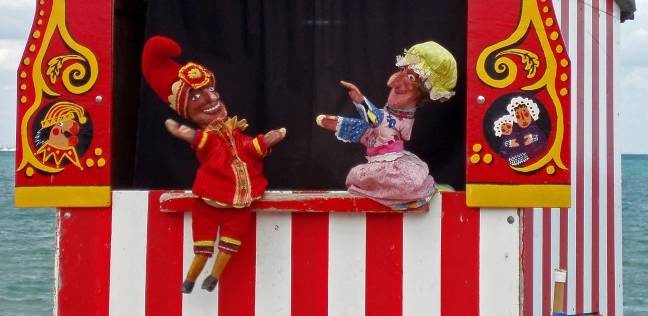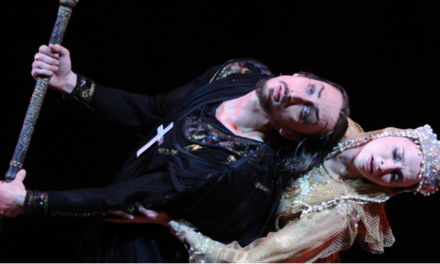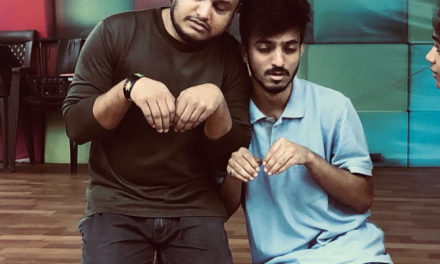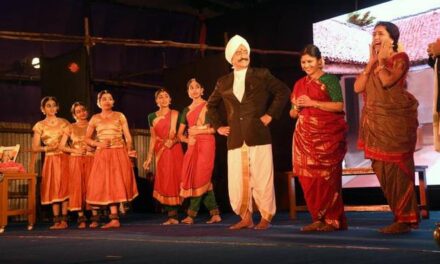The intergovernmental committee gathered for a week in Mauritius for their annual event, in which they consider the traditional knowledge and skills that need to be safeguarded by adding them to the list. The decision was taken unanimously during the 13th session of the Intergovernmental Committee for the Safeguarding of the Intangible Cultural Heritage, which kicked off on November 26, and is set to run until December 1. The committee meetings are tackling files connected with safeguarding intangible cultural heritage and registering cultural elements on its various lists.
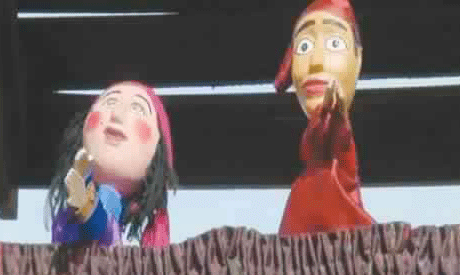
Aragoz traditional puppet (Al-Ahram)
Egyptian ambassador to France and permanent representative to UNESCO Ehab Badawy told MENA that the move comes within the framework of the joint efforts of the Egyptian ministries of foreign affairs and culture.
Badawy highlighted the importance of the Convention for Safeguarding the Intangible Cultural Heritage, confirming the great importance that Egypt attaches to this convention given the country’s rich intangible heritage.
Egypt has previously managed to register its El-Sirah El-Hilaliyyah epic and Tahteeb (stick dancing) on the UNESCO intangible lists, Badawy noted.
During the discussions, Egypt pointed out that Aragoz is an old form of Egyptian theatre using traditional hand puppets. Performances are highly popular events where puppeteers remain hidden inside a small portable stage while an assistant interacts with the puppets and crowd.
Al-Aragouz is a wooden marionette puppet that is about to be distinguished within the city life. It first saw the light in Egypt in the Fatimid era. History books did not detect the origin of the puppet, but it was stated that it was not created in Egypt. Aragoz takes its name from the main puppet, whose distinctive voice is created with a voice modifier. The art used to be performed by troupes who moved from one folk celebration to another across Egypt.
When it came to Egypt, that type of art was only exclusive to sultans and the elites. The art gained wide popularity in Egyptian society as it reflected the political, cultural, and economic situations of the people through the puppets which appeared in different shapes and roles.
Throughout the years, Al-Aragouz widely spread among all social classes and became an inseparable part of different Prophet birth celebrations, also known as Moulids. It started fading away with the appearance of animation shows on TV.
Currently, Wamda Troupe is still the only performing group of the show at old Cairo’s Bayt Al-Suhaymi.
This article appeared in English Ahram on November 28, 2018, and has been reposted with permission.
This post was written by the author in their personal capacity.The opinions expressed in this article are the author’s own and do not reflect the view of The Theatre Times, their staff or collaborators.
This post was written by Daily News Egypt and MENA.
The views expressed here belong to the author and do not necessarily reflect our views and opinions.

